Wind turbine transport
Transport of wind turbines is a growing service. The promotion of electricity production from renewable energy sources using European funds also brings change to Lithuanian energy sector. The number of solar and wind parks is rapidly increasing. These solar and wind power plants will significantly reduce CO2, thereby reducing the impact of human activity on global warming and protecting the planet earth for future generations. So – solar and wind energy plays and will play an increasingly important role in energy production. Today, the world needs not only more and larger wind farms. According to future forecasts, the power of wind turbines will increase and with it the size and weight of power plants will increase.

The transport of wind turbines depends on various parameters. From the logistical side, the largest part of the logistics costs consists of transporting wind blades, tower and power housing with a gearbox and an electric generator. Other parts are not big so transport costs will be relatively low. Some manufacturers produce wind turbines over 100 meters. Wind turbines become heavier, rotor blades longer and tower components larger. The body itself can weigh 75 tons and more.
Thus, the choice of mode of transport and routes will depend on the wind turbine model, manufacturer and transport route. According to the wind turbine model, we will select the necessary vehicles by both land and sea, order all necessary permits and arrange the necessary storage and loading services in intermediate ports. Of course, it is necessary to take into account the manufacturer’s recommendations for transport and strictly follow them, so we will consult wind power plant manufacturers if necessary. In almost all transport cases, manufacturers send their representatives to the maintenance of both transport and loading or assembly processes.
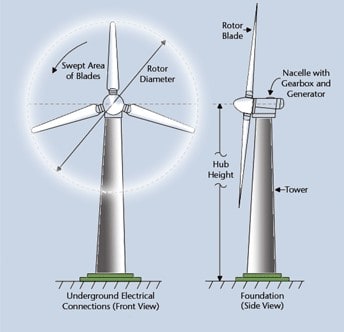
Transport of wind turbines by vessels
One of the cheapest modes of transport is transport by vessel, or in other words – vessel chartering. However, this mode of transport requires specific knowledge, careful planning, and accurate execution. During the planning phase, it is very important to carefully align with the carrier and/or the loading company the storage and lashing plan. And during execution process experienced surveyors or representatives of the manufacturer should closely monitor the whole process, and if the slightest problem occurred – stop the process and demand to solve the problem.
In addition to the manufacturer’s personal transport manual, CHAPTERS VI and VII of SOLAS require a cargo security (“CS”) manual for all types of ships carrying goods other than solid and liquid bulk cargoes. The DNV code of practice for safe storage and fastening of loads provides methods for calculating satisfactory attachment procedures for loading non-standard cargoes. You can read this article here.
You can find the example of BIMCO heavy and oversize freight chartering contract here.
Transport of wind turbines by land
Transport of wind turbines by land by 3, 4, 5, 6 and 7 axles in double or triple longitudinal trucks with forced control. We can transport cargo up to 60 meters on the cargo surface. For heavy and long goods, we use 100 and 200-tonne load-capacity rotary trolleys with automatic self-tracking equipment. We also use hydraulic adapters between the front and rear axles of the vehicle for long self-handling.
For some models of wind turbine parts, we also use low-bed platforms with a cargo surface area of up to 19.00 m and a possible weight of up to 140 tonnes.
All the equipment selected and used works abroad – Germany, Poland, Finland, Latvia, but good relations with carriers allow us to secure the arrival of the technique also to Lithuania.
Transport of wind turbines by rail
The transport of wind turbines on railway platforms is a time-consuming process that requires experience and knowledge. Depending on the wind farm model, we will choose the required fleet of rolling stock, order the necessary platforms, calculate and prepare the approval schemes and align them with the railways.
We perform such additional services for wind farms
- loading and unloading of wind turbines;
- surveyor services;
- customs agent services;
- fastening wind turbines;
- welding and cutting of fasteners after unloading
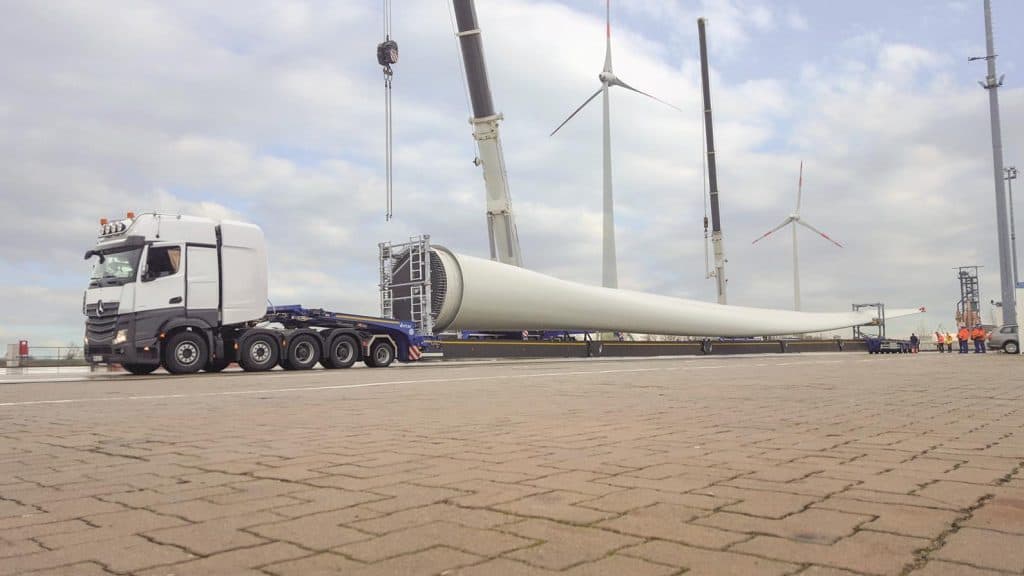
Discharge of wind farm blades from motor vehicles 
Wind turbine tower landing 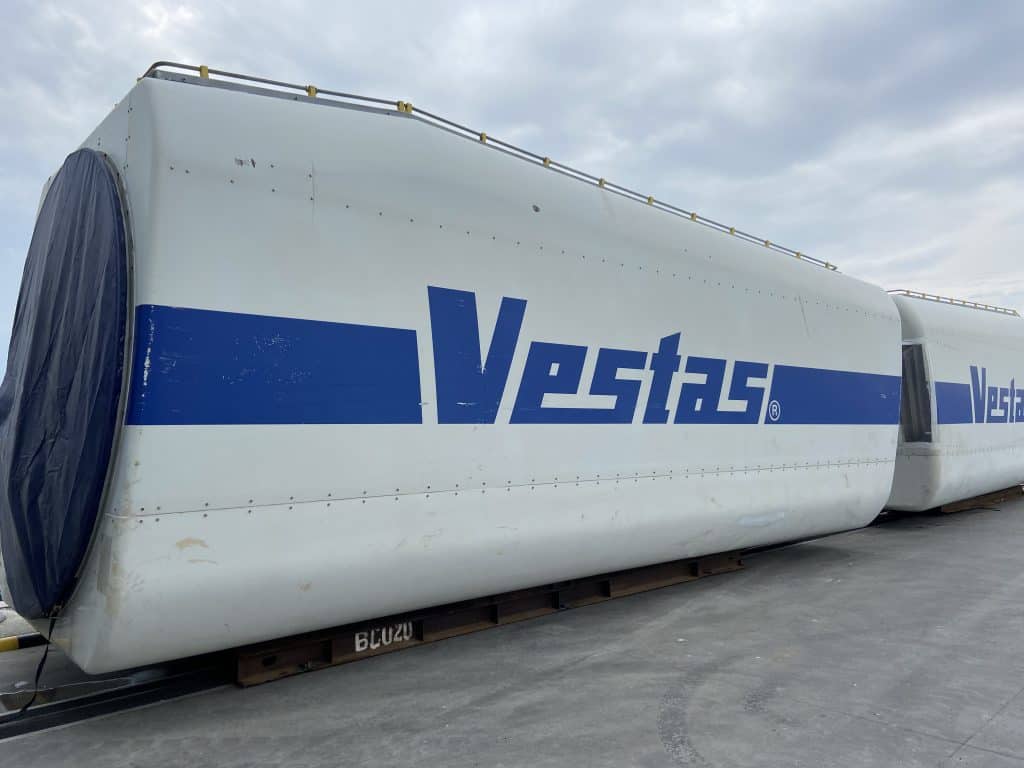
Discharge of wind farm hull from ship 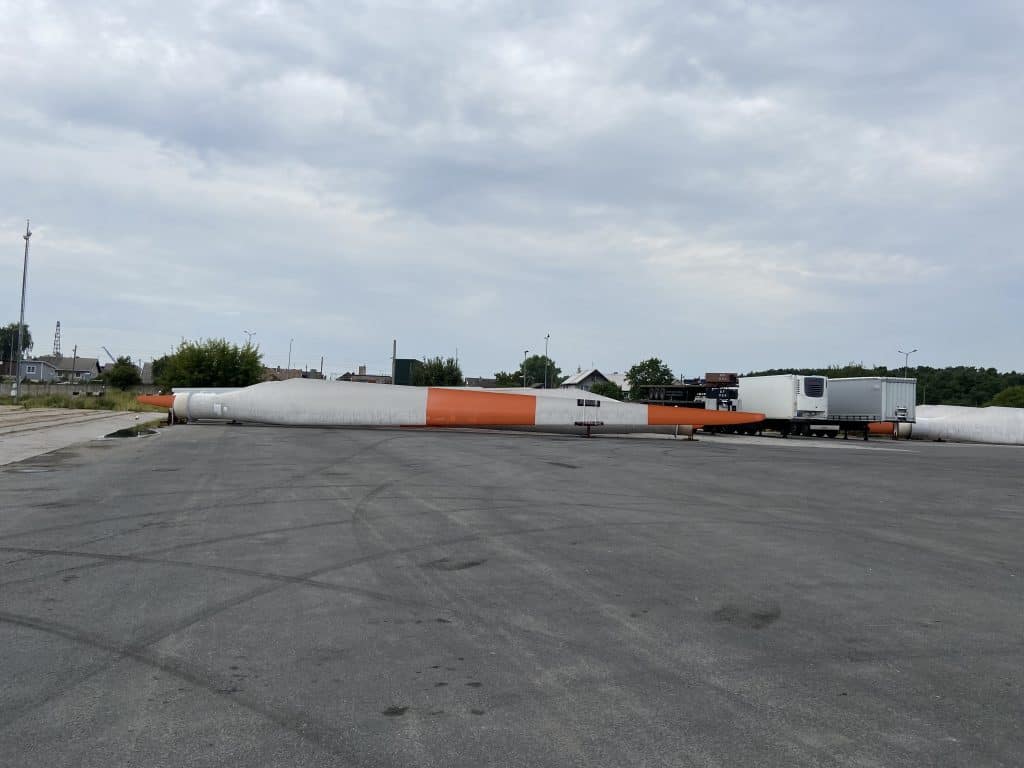
Storage of the blades in the terminal 
Transport of wind blades by rail 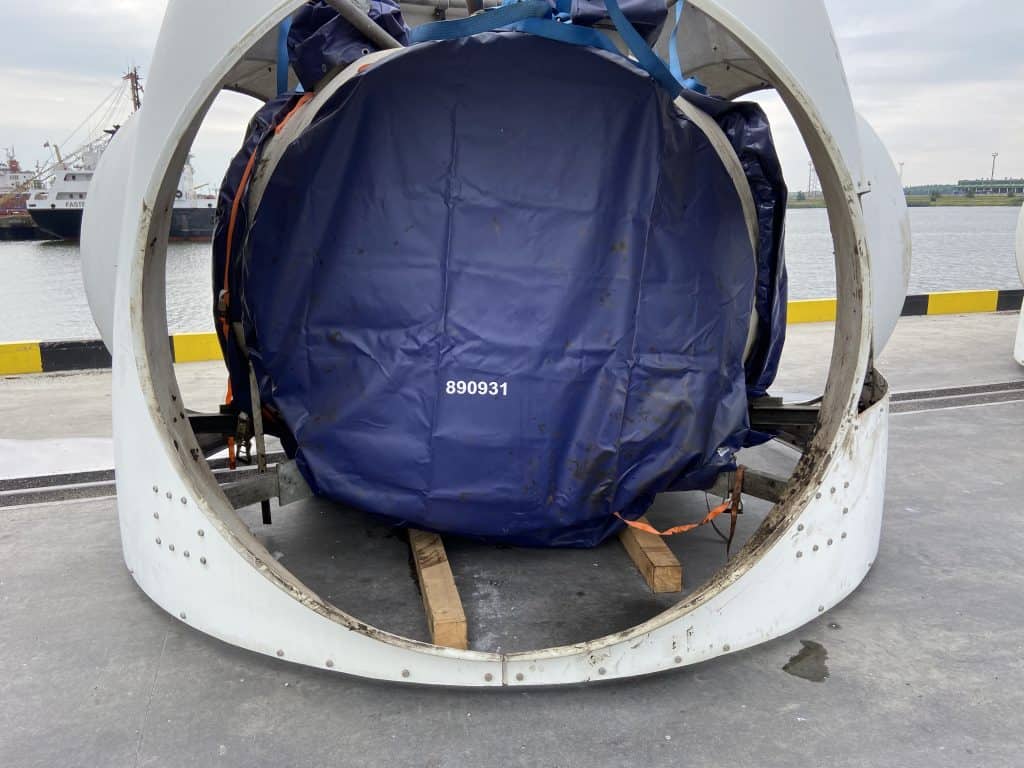
Wind turbine hub after discharge
If You are planning to transport wind turbines or build a wind farm – consult specialists of JSC Onze still today.



